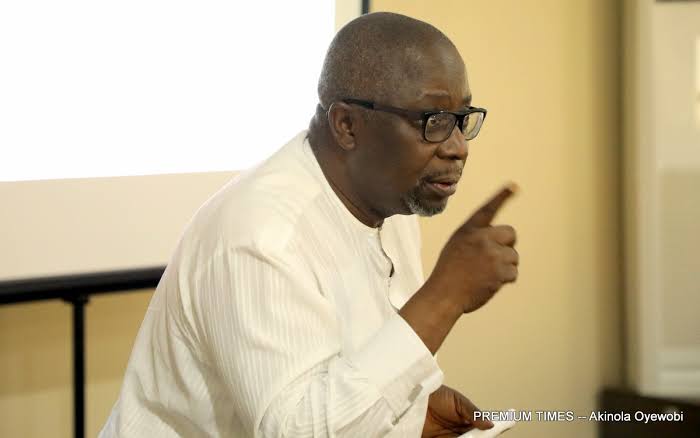Dapo Olorunyomi, publisher of Premiums Times, believes that the best way out is to establish a fact-check unit in every newsroom.
It used to be so easy. A reporter brings a story and the excited editor goes through it and simply publishes it, confident that the claims are correct.

Very often, impressed editors offered some morale boosting rewards – a bottle of wine. Lunch. Dinner. Cash. And even more. Trust was mutual.
Not anymore. With the prevalence of fake news, most editors also known as gatekeepers no longer trust the frontline soldiers and would use every available binocular to search for the truth.
Analysts have said that it is difficult to blame the editors for being more careful, considering the many cases of gaffes, brazen lies, fake news and wrong information the conventional media embarrass themselves with on daily basis.
Few weeks ago, an influential media house published a story quoting the World Health Organisation (WHO) as saying that 146 million Africans die of tobacco-related diseases every year.
The editor so trusted the reporter and did not ask how many Africans would have been left after just two or three years of such harvest. The reporter had added three zeroes to her copy.
Not long ago, a media house published a story quoting a state governor as pouring encomiums on his estranged predecessor at a birthday ceremony.
Very harmless story. Easy pick for every editor. But trouble started immediately the story went out. It was fake. No such ceremony took place. The reporter just imagined it.
Last year, a report announced the opening of airports after the COVID-19 lockdown. Eager prospective passengers rushed to book tickets only to be turned back. What they read was false. Fake. The reporter just deceived everyone.
The craze for fake news has indeed taken over today’s media space, with both the social and traditional media struggling to outdo each other in the spread of hoaxes.
The instances are just everywhere.
Aside from the fake news, photos or videos are purposefully created and spread to confuse and misinform. Photos or videos are also manipulated to deceive, while old pictures are often shared as new.
TEXEM
In some cases, photos from other shores are shared in the Nigerian space, ostensibly to create the impression that they are local scenes.
Umaru Pate, a Professor of Mass Communication and Vice Chancellor, Federal University, Kashere, says the trend is “dangerous, unethical, provocative and subversive to peace and societal serenity’’.
“Fake news misinforms and misdirects society with severe consequences on individual and national systems. It heightens tension, builds fear and mistrust among people.’’
Information minister, Lai Mohammed, has equally deplored the trend, declaring recently that fake news could “threaten and destroy’’ the country. He has also launched a campaign against it.
The minister recently observed that every news manager was faced with the challenge of managing fake news, and expressed the fear that the purveyors could push the country into crises.